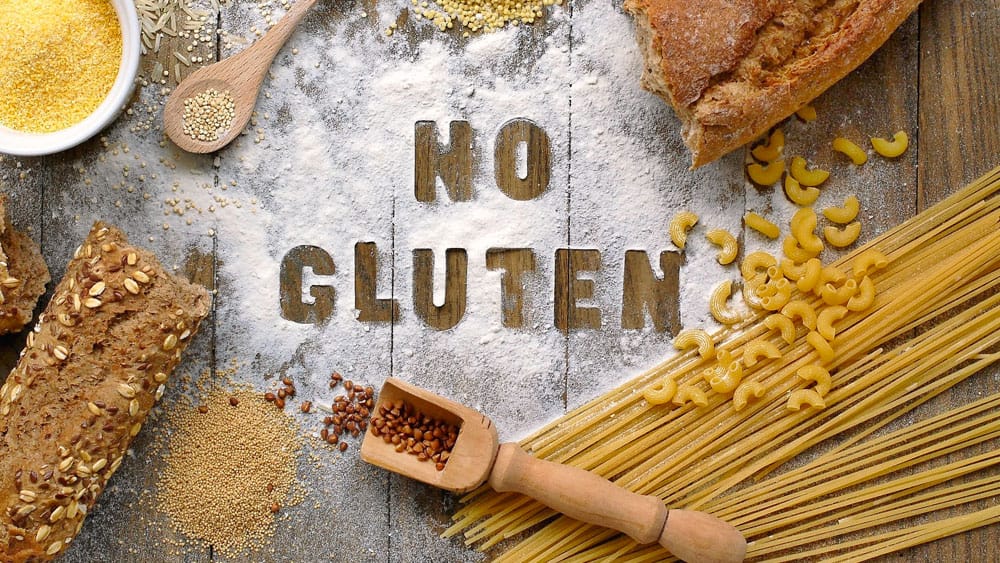Pho Unveiled: Is This Vietnamese Delight Truly Gluten-Free ?
Pho is a popular Vietnamese dish that has gained immense popularity around the world. It consists of a flavorful broth, rice noodles, and various toppings such as meat, herbs, and bean sprouts. However, for individuals with gluten sensitivities or celiac disease, the question arises: Is pho gluten-free ?
Gluten is a type of protein found in wheat, barley, rye, and other related grains. It can cause adverse reactions in people with gluten-related disorders, leading to symptoms like bloating, abdominal pain, diarrhea, and fatigue. Therefore, it is crucial for individuals with gluten sensitivities to be cautious about their food choices.

When it comes to pho, the primary concern lies with the noodles. Traditional pho noodles are made from rice flour, which is naturally gluten-free. Rice flour is derived from ground rice and does not contain gluten proteins. As a result, the rice noodles used in pho are suitable for a gluten-free diet.
However, cross-contamination is a potential issue to consider. Many restaurants that serve pho may also offer dishes that contain gluten, such as spring rolls or soy sauce-based condiments. During the preparation process, there is a risk of gluten-containing ingredients coming into contact with the pho noodles or broth, compromising its gluten-free status.
To ensure that your pho is gluten-free, it is essential to communicate with the restaurant staff and inquire about their food preparation methods. Ask about the ingredients used in the broth and whether any wheat-based products or soy sauce containing gluten are used. Also, inquire if they have separate utensils and equipment to prevent cross-contamination.

(Is pho gluten free ?)
In recent years, due to the increasing awareness and demand for gluten-free options, many restaurants have started offering gluten-free versions of pho. These establishments take extra precautions to ensure that their pho is safe for individuals with gluten sensitivities. They may use gluten-free soy sauce or tamari instead of traditional soy sauce and take measures to prevent cross-contamination.
- Moreover, some variations of pho, such as vegetarian or seafood pho, naturally do not contain gluten. These versions often incorporate vegetables, tofu, or seafood as the main protein source, eliminating any concerns related to gluten.
If you prefer to make pho at home, it is relatively easy to create a gluten-free version. Purchase rice noodles labeled as gluten-free from a trusted brand or Asian grocery store. When preparing the broth, use gluten-free ingredients and avoid adding any sauces or seasonings that contain gluten.
In conclusion, pho can be gluten-free, provided that the noodles, broth, and toppings are prepared and handled in a gluten-free manner. While traditional pho noodles are made from rice flour and do not contain gluten, the risk of cross-contamination in restaurants can be a concern.
By communicating with restaurant staff and choosing establishments that offer gluten-free options, individuals with gluten sensitivities can enjoy a delicious and safe bowl of pho. Additionally, making pho at home using gluten-free ingredients ensures complete control over the dish's gluten-free status.